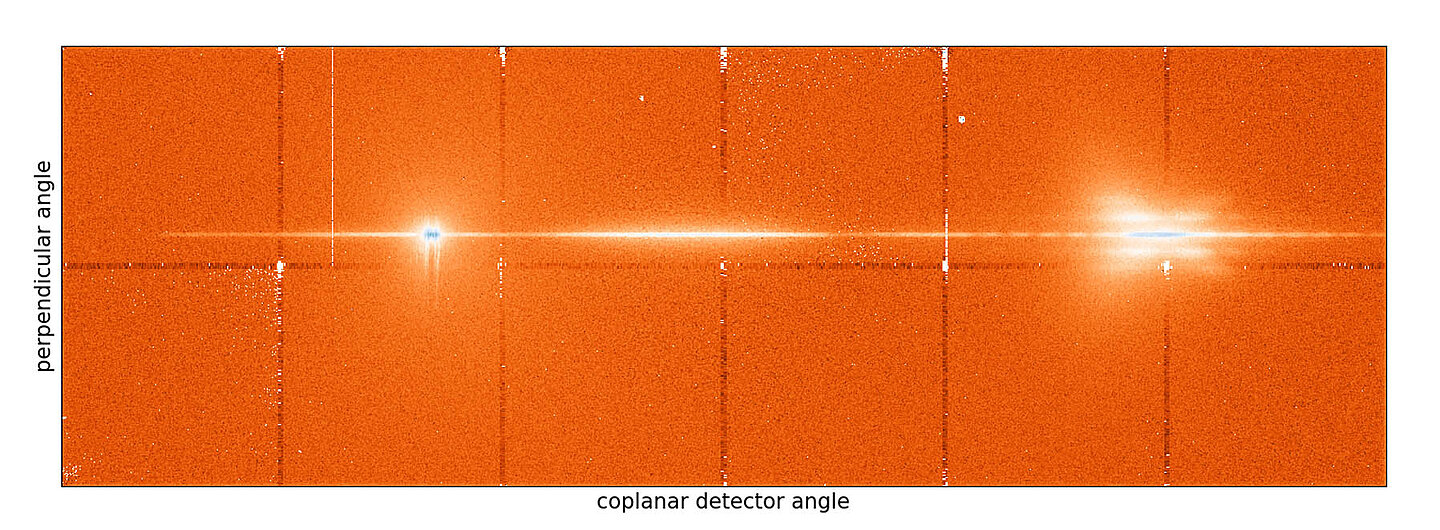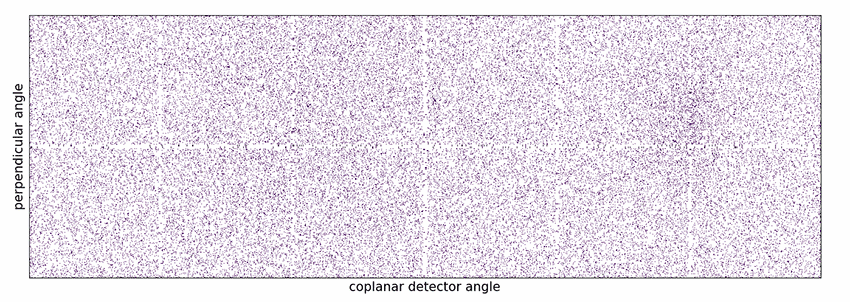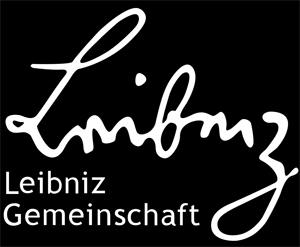The specific arrangement of atoms in the crystal lattice of ferroelectric materials leads to a spontaneous electrical polarization. Because this polarization is stable and independent of environmental conditions, it can be used in various applications, such as memory and data storage devices. This ferroelectric state is only maintained below a certain temperature, the so-called phase transition temperature. The system becomes "disordered" if the material is heated above this limit temperature.
In thermodynamics, the terms "order" and "temperature" are closely related via the internal energy of the crystal. If the internal energy remains constant, disorder, e.g. due to the loss of polarization, reduces the temperature of a system. If, however, order is forced in the crystal, e.g. through the application of an electric field, the temperature will also increase. The mutual interdependence of order or entropy, and temperature leads to the fact that neither quantity can be determined accurately during the phase transition of a crystal.
The X-ray optics group working with Dr. Peter Gaal is investigating the dynamics of phase transitions to better understand the driving forces behind this interplay. The researchers use the time-resolved X-ray diffraction method to shed light on the transient state of the crystal during the phase transition. A short laser pulse is absorbed by the sample under investigation and heats the crystal lattice above the phase transition temperature. Using a time-delayed X-ray beam, the researchers can simultaneously image the crystalline order.
This summer, the first measurements on potassium-sodium-niobate thin films were carried out using this method. The samples were custom-made for the experiment by the group of Dr. Jutta Schwarzkopf at IKZ. "The combination of growth and characterization of new materials under the same roof is an important prerequisite for the success of our research," said Dr. Peter Gaal.
In the future, ferroelectric thin films will be used to build active cooling devices for integrated electronic components, e.g. computer chips. For this to occur, a thorough understanding of the thermodynamics of ferroelectric phase transitions is paramount. For this purpose, the X-ray optics group at IKZ is starting a new research project in cooperation with the Leibniz Institute for Solid State and Materials Research in Dresden at the beginning of next year. The project is funded by the German Research Foundation (DFG) and will be conducted at the IKZ-DESY Joint Lab in Hamburg.



